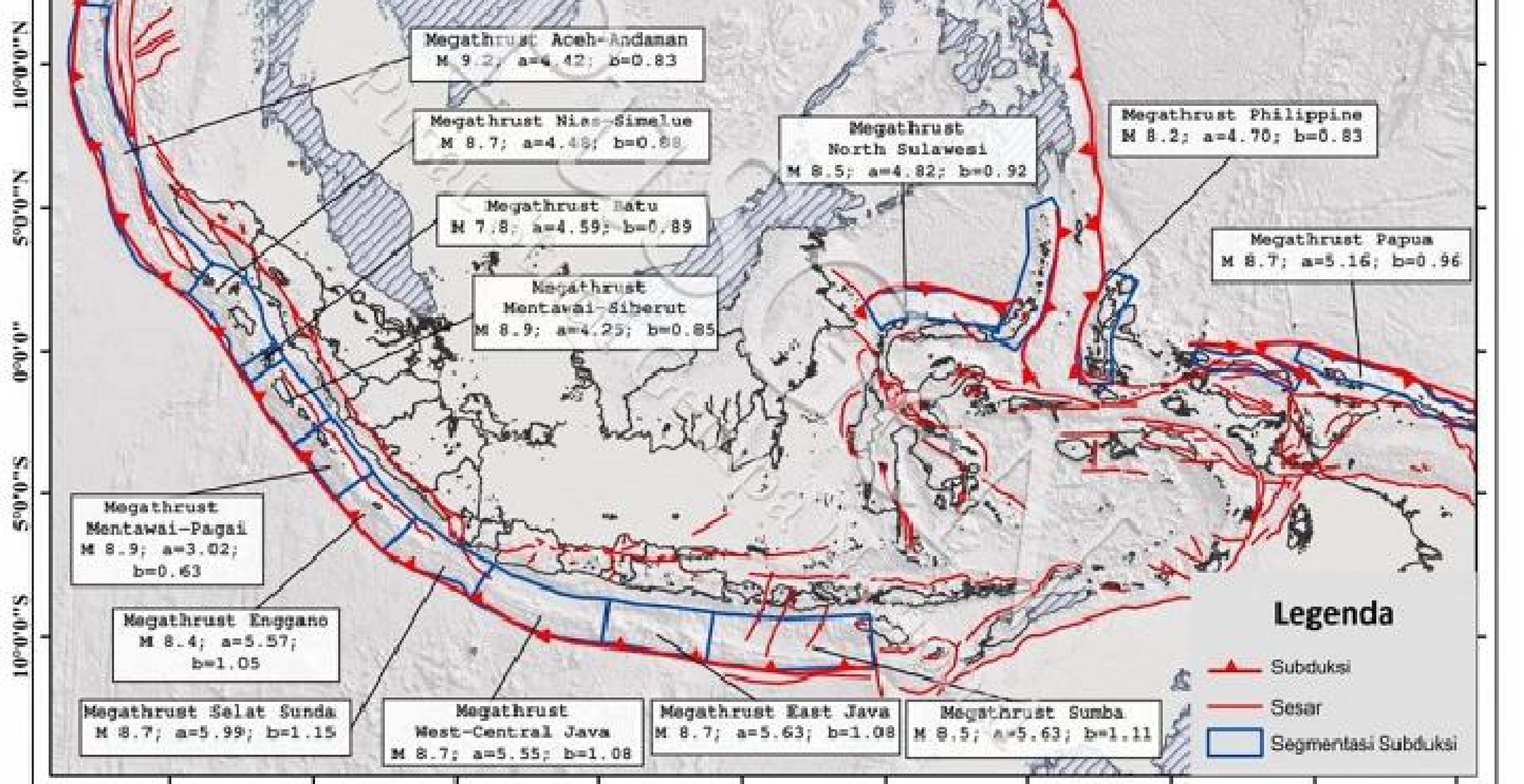
02 Sep
Anticipatory Steps to Face the Issue of Megatrust in Indonesia
The “Megathrust Issue” has become an issue of global public conversation today. Sudden, massive and unpredictable disasters pose significant challenges to global supply chains.
Disruptions due to natural disasters often lead to communication breakdowns, supply shortages, transportation disruptions, inventory imbalances, increased lead times, and increased costs.
Megathrusts are the strongest earthquakes in the world resulting in damage and even Tsunamis, some of which will occur in the near future. Many people around the world are skeptical about the climate change.
Read more: Things to Watch Out for Regarding Foreign Shipments
Megathrust earthquakes have impacts that can damage buildings and are 7-8 magnitude. The duration of shaking for Megathrust earthquakes is much longer than for normal earthquakes.
Like the 7.1 magnitude earthquake in Japan on August 8, 2024, the Japan Meteorological Agency issued the first warning about the risk of a major earthquake along the Pacific coast after the quake on the southernmost main island of Kyushu. The warning has now been lifted after no abnormalities were found in activity.

Apart from Japan, there are several other Megathrust-prone countries such as Chile, New Zealand and Indonesia.
Read more: Government Strategy to Lower Logistics Costs to 8 Percent
The anticipatory steps taken by Indonesia through the Meteorology Climatology Geophysics Agency (BMKG) are trying to prepare a monitoring, processing, earthquake information and tsunami early warning system.
Head of the BMKG Earthquake and Tsunami Center Daryono said that people in Indonesia can monitor in real time if an earthquake occurs.
“There is no need to worry because we can analyze quickly including modeling the tsunami that will occur and its impact using the InaTEWS (Indonesia Tsunami Early Warning System) system, so that BMKG will immediately disseminate earthquake information and tsunami early warnings throughout Indonesia, especially northern Indonesia,” said Daryono. Other efforts made by BMKG are providing education, mitigation training, drills, evacuation, based on tsunami modeling to local governments, stakeholders, communities, coastal tourism businesses, coastal industries and critical infrastructure (ports and coastal airports).
Read more: Maritime History of Indonesia
BMKG also mentioned that the Megathrust phenomenon is not something new, but has existed for a long time. This earthquake cannot be predicted, Daryono revealed that there are two Megathrusts in the Sunda Strait and Mentawai Siberut, Siberut has not released its energy for a long time.
Active Subduction Zones such as Sumatra, Java, Bali, Lombok, Sumba). And Ocean Plate Subduction such as Maluku, Sulawesi, Philippines and North Papua Subduction.
With the Megathrust occurring, the need for preparedness involving diversification, supplier collaboration, real-time monitoring and agile operations offers a solution to mitigate these disruptions. Even supply chain companies need to pay attention to infrastructure and identify potential risks in earthquake preparedness, for a smooth supply chain.
source:
Megathurst Earthquake Fact Predicted to Hit RI
Key Points Megathrust cannot be predicted but must be alerted
How Can Semiconductor Industries Overcome Supply Chain Challenges Following Earthquakes?

